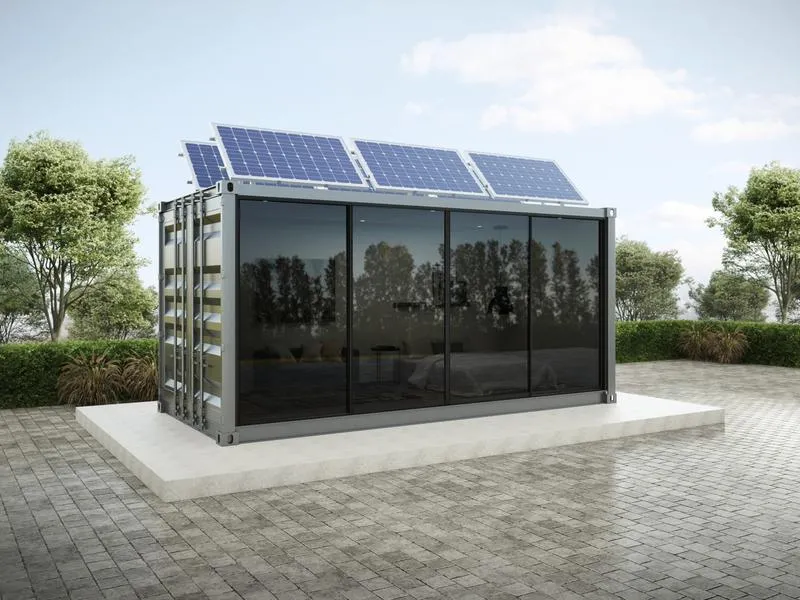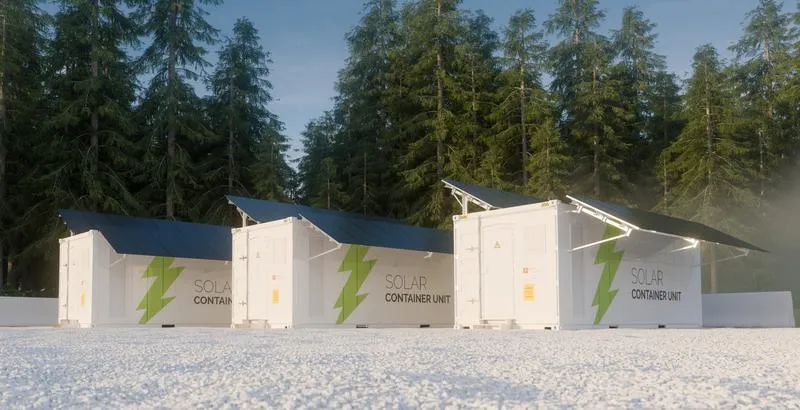In a universe where electricity isn't always where—or when—it's needed, a mobile solar container is an easy, fuel-efficient power solution. Whether you're energizing a remote clinic, fueling a building site, or lighting a rural school beyond the power grid, this technology may be just what you need.
But what exactly is a mobile solar container? How much does it cost in 2025? And how does it compare to the ancient generators in real-world usage?
What Is a Mobile Solar Container?
At its core, a mobile solar container is a shipping container pre-equipped with the ability to harvest electricity from the sun. It houses all the electronics needed to produce, store, and supply power:
- Solar panelsmounted on the container or fold-out arms
- Battery storageto ensure power is stored for nighttime or cloudy periods
- Basic control systemfor safety and optimal performance
- Outlets or portsfor lights, devices, or equipment
These systems are designed to be durable and "ready-to-deploy." In most cases, they can be installed and producing electricity within a few hours—no fuel, no noise, no emissions.
Who Uses Mobile Solar Containers?
Solar-powered containers are helping numerous individuals and organizations by 2025:
- Disaster relief specialistsworking in storm- or earthquake-hit areas
- Mobile healthcare specialistsworking in rural or war zones
- Educators establishing temporary schools or remote learning centers
- Construction crews laboring off-grid in distant locations
- Families building energy-autonomous home containers
All of these customers have one thing in common: they need power in circumstances where the traditional electrical grid isn't available—or doesn't even exist.
How Much Does a Mobile Solar Container Cost in 2025?
Similar to any energy configuration, the price depends on how much power you require. Here's a rough estimate:
| Power Level | Typical Use Cases | Estimated Cost (USD) |
| Basic (lights, fan, phone charging) | Small cabins, backup power | $9,000 – $12,000 |
| Medium (refrigerator, tools, internet) | Clinics, offices, small schools | $15,000 – $22,000 |
| High (air conditioning, medical equipment) | Emergency shelters, field hospitals | $25,000 – $40,000+ |
Government grants or nonprofit subsidies in most regions reduce expenses 30% to 50%.

Real-Life Example: A Mobile Clinic in Kenya
In 2024, a Kenyan rural health staff installed a mobile solar container to power a traveling clinic. Beforehand, they relied on a diesel generator—which did not function when fuel was not present.
After switching to solar:
- They could operate medical equipment around the clock
- Vaccines stayed cold, even during power outages
- Their monthly fuel expenses dropped by more than $600
The total cost of their solar container was around $18,000. Within the first year, they saved more than $7,000—making it both a smart investment and a lifesaving upgrade.
Why Not Just Use a Generator?
Diesel generators seem cheaper at first glance. But consider the hidden costs:
- They require a continuous supply of fuel, even in isolated locations
- They are noisy and produce hazardous gases
- They experience more breakdowns and need continuous repairs
- Fuel prices continue to increase globally
Would you like to utilize a tool that switches off when there is no fuel, if you had a clinic or a disaster relief campaign to run?
Key Trends in 2025: The Future of Mobile Solar
The solar box on the go is evolving in a big way. In 2025, some new innovations are making the systems more efficient and affordable:
- Collapsible Solar Panels
Some models now have expandable solar panels that "unfold" like airplane wings, offering more power without using more room.
- Longer-Lasting Batteries
New battery tech lasts longer than 10 years with daily use and contains more energy in less space.
- Smart Power Monitoring
Simple displays or smartphone apps now allow individuals to see how much power they're generating and using in real time.
- Modular Energy Networks
Dozens of containers can now be linked up, building adaptable energy centers that offer electricity for villages, field hospitals, or camps.

A mobile solar container is not just a technical innovation—it's a strategic one. It delivers clean, silent, low-maintenance electricity wherever it is deployed, independent of fuel trucks and noisy engines.
For health practitioners, trainers, builders, and local leaders serving off-grid communities, this is a tool worth serious consideration.

